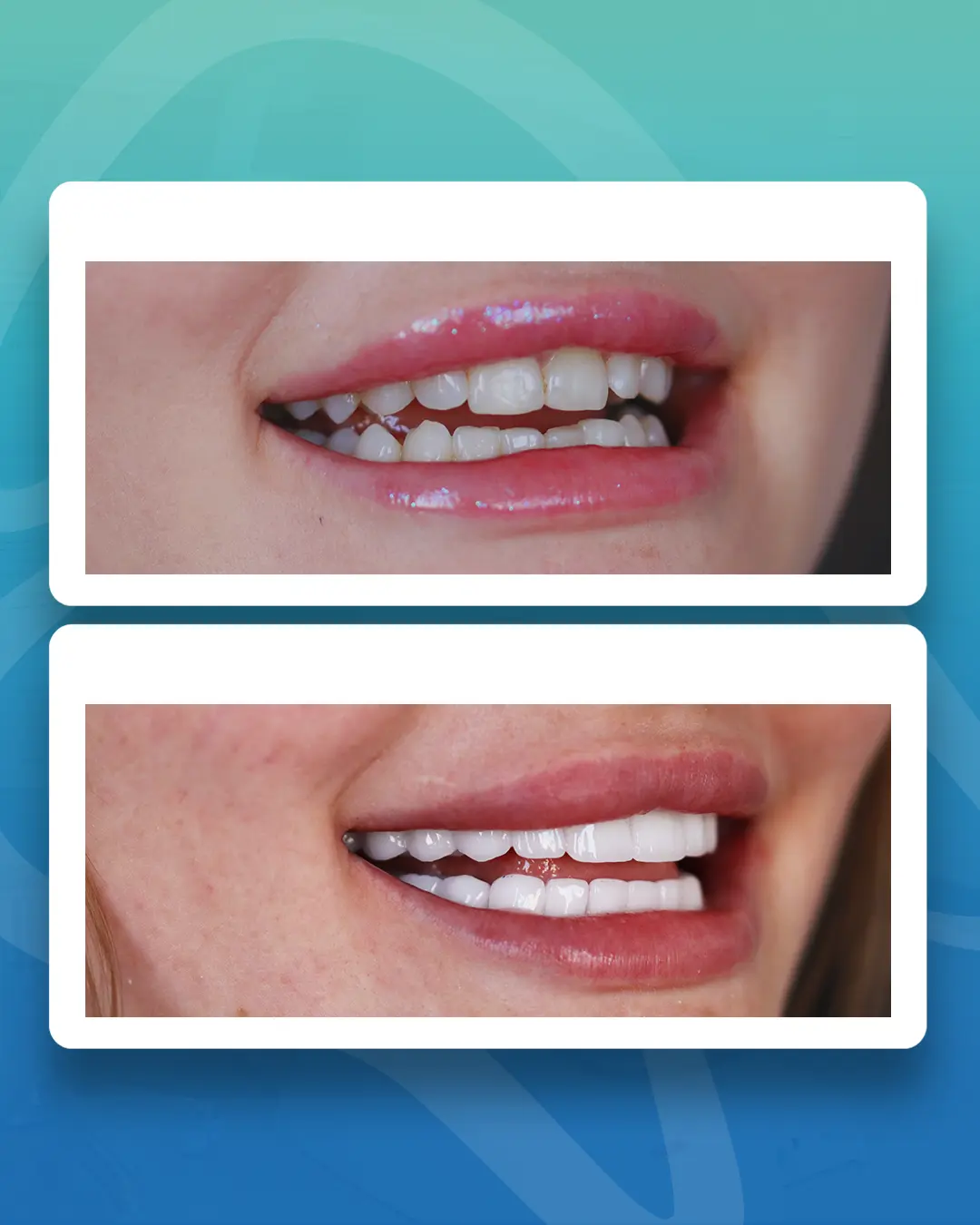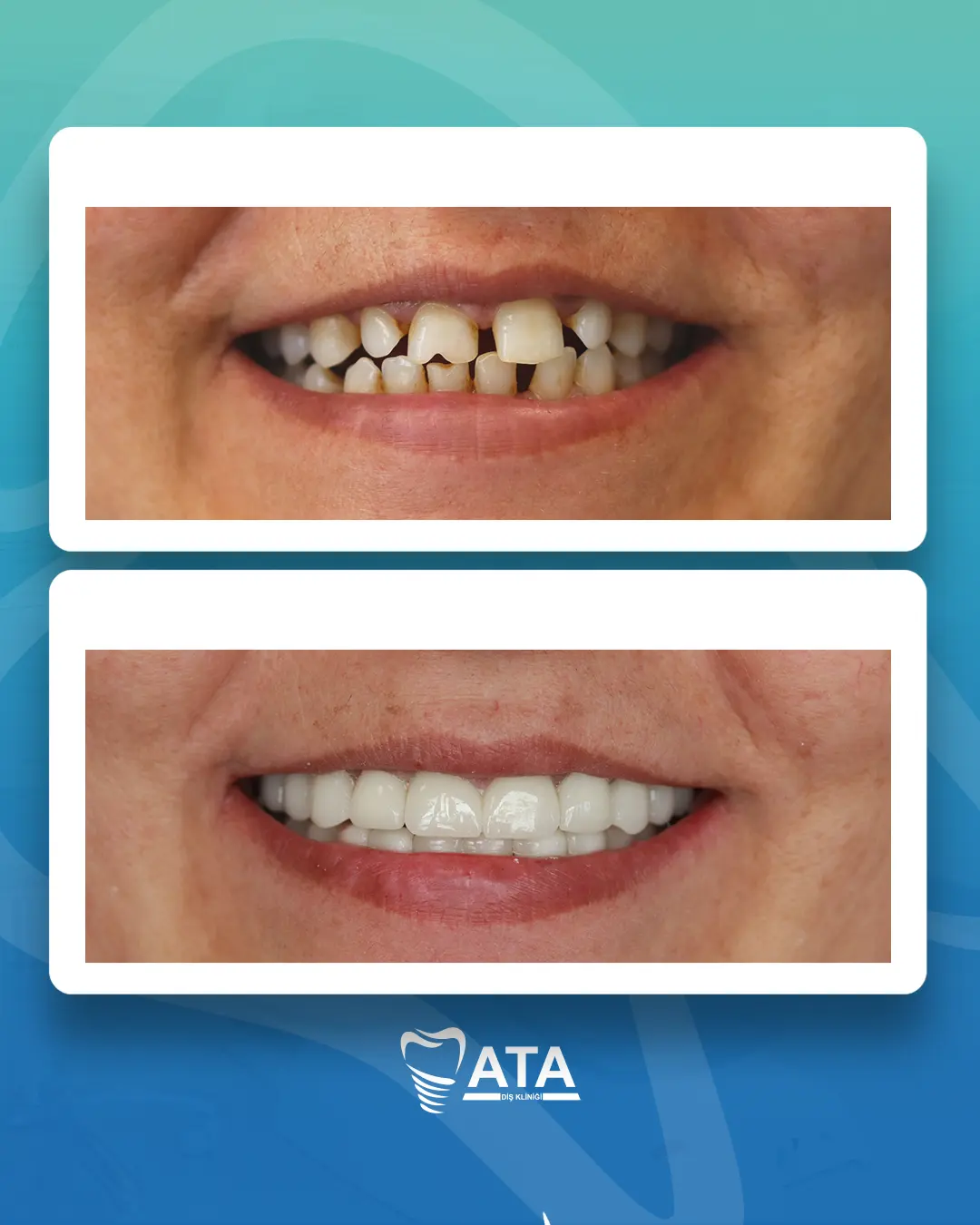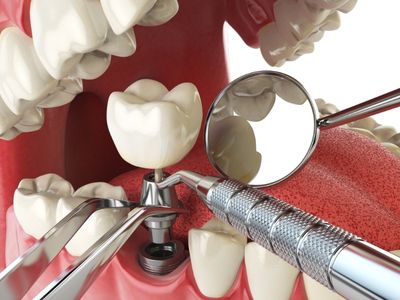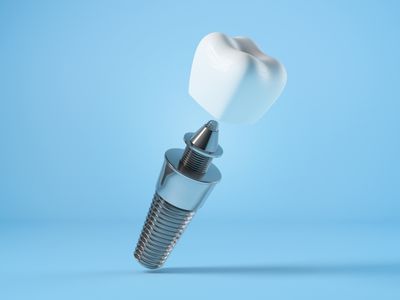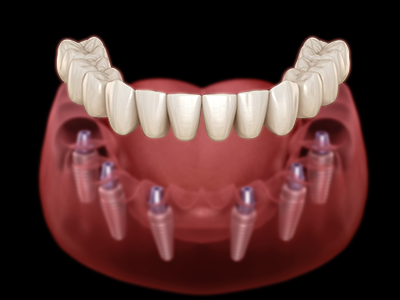Dental Implants in Turkey
With Implant Treatment, you will have new teeth with superior technology instead of your missing teeth.
Dental implants in Turkey have become the top choice for thousands of international patients seeking world-class dental care at a fraction of the cost. If you are looking for a reliable, affordable, and professional way to restore your smile, look no further.
What is Dental Implant?
A dental implant is a long-term solution for replacing missing teeth. It involves placing a titanium post into the jawbone, which acts as a root for the artificial tooth. Over time, this post fuses with the bone, providing a stable base for crowns, bridges, or dentures. Turkey teeth implants are known for their natural look, durability, and ability to restore full dental function.
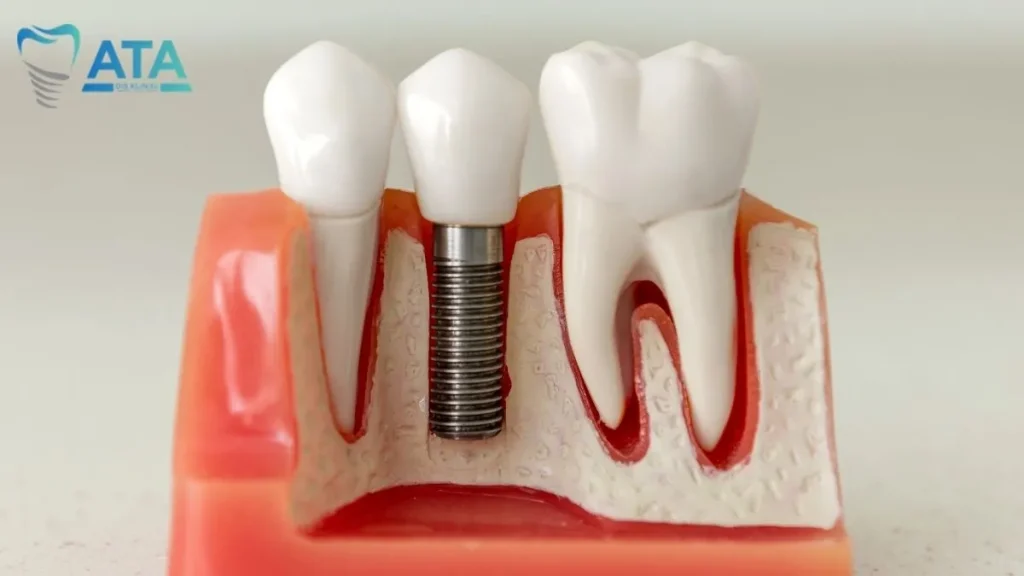
Why Choose Turkey for Dental Implants?
Turkey has earned a strong reputation in dental tourism, and here’s why:
- Expertise: Turkish dentists are highly trained, with many receiving international education and credentials.
- Experience: Clinics in Turkey treat thousands of implant patients each year.
- Warranty: Reputable clinics offer guarantees on treatments, giving you peace of mind.
- Aftercare Support: From your first consultation to post-surgery check-ups, clinics provide comprehensive care.
Best Dental Clinics for Implants in Turkey
Where excellence meets expertise – discover the best dental clinic in Turkey for implants.
High-Quality Treatments at Competitive Prices
Get top-tier porcelain dental implants at prices that won’t break the bank.
We Organize Everything for You
From airport pick-up to luxury guesthouse accommodation – we’ve got you covered.
Internationally Accredited Dentists
Our team includes internationally certified specialists for your total confidence.

Cost of Dental Implants in Turkey – What You Need to Know
The cost of full mouth (32 teeth) dental implants and per-tooth implant prices can vary depending on the materials used, the experience of the dentist, and the location of the clinic. For the most up-to-date dental implant prices in Turkey, please contact us directly.
The Difference Between Affordable and Low-Cost Implants
It’s important to distinguish between affordable and low-quality. Turkey offers the lowest dental implant cost without compromising safety or material quality. Choose clinics like Ata Dental Center, which use global implant brands and certified techniques to ensure long-term results.
Dental Implant Procedure (Step-by-Step Guide)
Consultation & Treatment Planning
Your journey begins with a thorough consultation including 3D imaging and X-rays. A custom treatment plan is created based on your bone density and smile goals.
Surgery: Placing the Implant and Abutment
Under local anesthesia or sedation, the tooth implant Turkey procedure is performed by placing the implant screw into the jawbone. In many cases, a temporary tooth is placed on the same day.
Healing Period & Final Crown Placement
The healing (osseointegration) period typically takes 3–6 months. Once healed, your final porcelain dental implants or zirconium crowns are securely attached, completing your smile.
Materials Used in the Best Dental Implants in Turkey
At Ata Dental Center, we only use premium brands like Straumann, Nobel Biocare, and MIS. These ensure durability, aesthetics, and high success rates – a standard practice in the best country to get dental implants.
Best Place in Turkey for Dental Implants – Where Should You Go?
For precision, comfort, and trust – choose dental implants in Istanbul, Turkey. Ata Dental Center based in Istanbul, offers comprehensive implant solutions with international standards.
Explore Specialized Implant Solutions
All on 4 Dental Implant
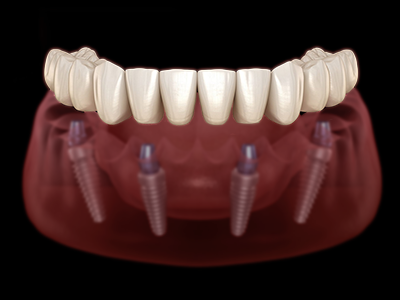
A permanent solution with fewer implants
FAQ: Dental İmplants in Turkey
Are Dental Implants in Turkey Safe?
Yes. Clinics like Ata Dental follow strict sterilization protocols and use FDA-approved implants.
How Long Do Dental Implants Last?
With proper care, implants can last 15–25 years or even a lifetime.
What if I do not have enough bone?
Bone grafting or sinus lifting can be performed to prepare your jaw for implants.
What Is Included in a Dental Implants Turkey Package?
Typically includes consultation, imaging, surgery, temporary teeth, transfers, and accommodation.
Do Dental Implants Hurt?
Most patients report minimal discomfort, similar to tooth extraction. Local anesthesia ensures a pain-free procedure.
How Many Trips to Turkey for Dental Implants?
Usually 2 trips – one for the implant placement, another for the final crown after healing.
Where Do Celebrities Get Their Teeth Done in Turkey?
Many choose top clinics in Istanbul known for privacy, quality, and luxury care – like Ata Diş Kliniği.
Which Implant Brands Do You Use?
We use globally trusted brands like Straumann, Nobel Biocare, and MIS.
Who Needs a Dental Implant?
Anyone missing one or more teeth and in good oral health may be a candidate.
How Long Does It Take to Get All-on-4 Dental Implants in Turkey?
The procedure can often be completed in 3–5 days, with temporary teeth placed the same day.
What Are the Risks of Getting Dental Implants in Turkey?
As with any surgery, there are minimal risks. Choosing a reputable clinic ensures safety and success.
Why Do People Go to Turkey for Dental Implants?
Because it offers high-quality care, expert dentists, and affordable prices unmatched elsewhere.
Why Choose Our Dental Center in Istanbul for Implants?
At Ata Dental Center, we provide world-class implant dentistry with customized treatment plans tailored to each patient’s needs. As a leading provider in dental tourism, our clinic offers comprehensive services including airport transfers, VIP accommodation, and multilingual assistance to ensure a comfortable experience. Using advanced technology and high-quality materials, our skilled dental implant specialists restore both function and aesthetics, helping you eat, speak, and smile with confidence. Discover why patients from around the globe trust Ata Dental Center for the best dental implants in Turkey. Contact us today to begin your journey to a healthier smile!
Patient Reviews – Real Stories, Real Smiles
